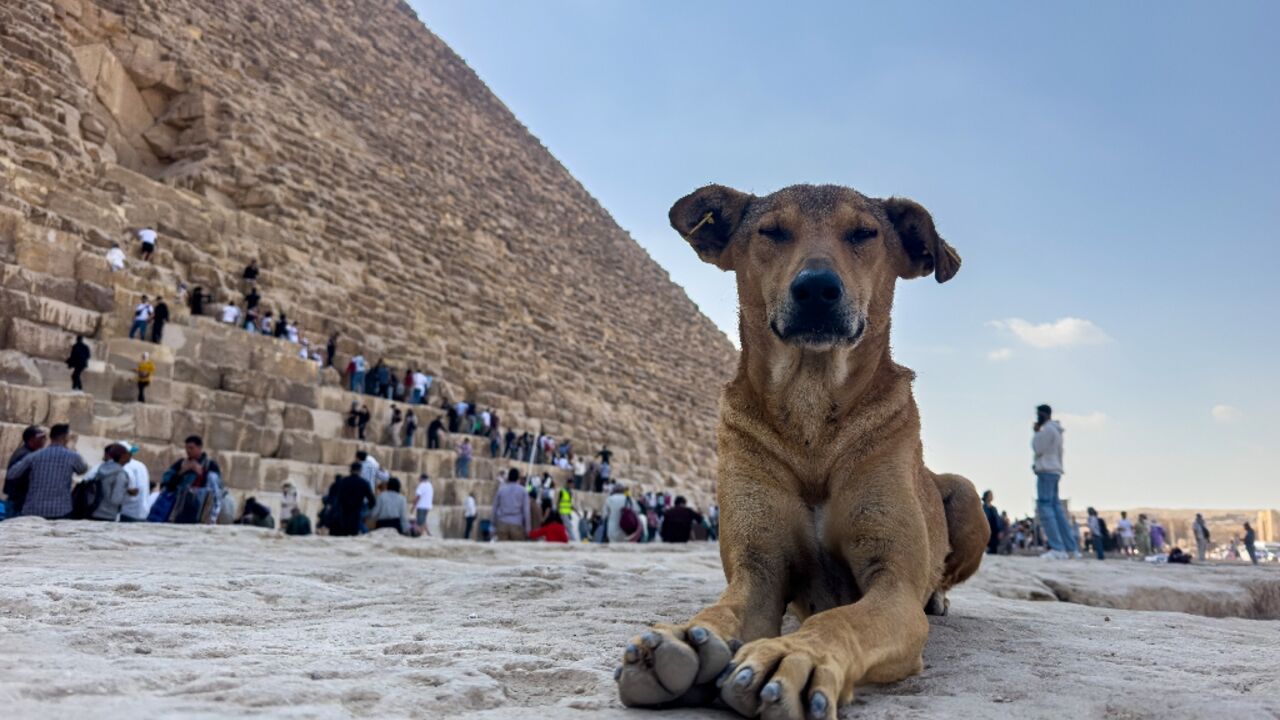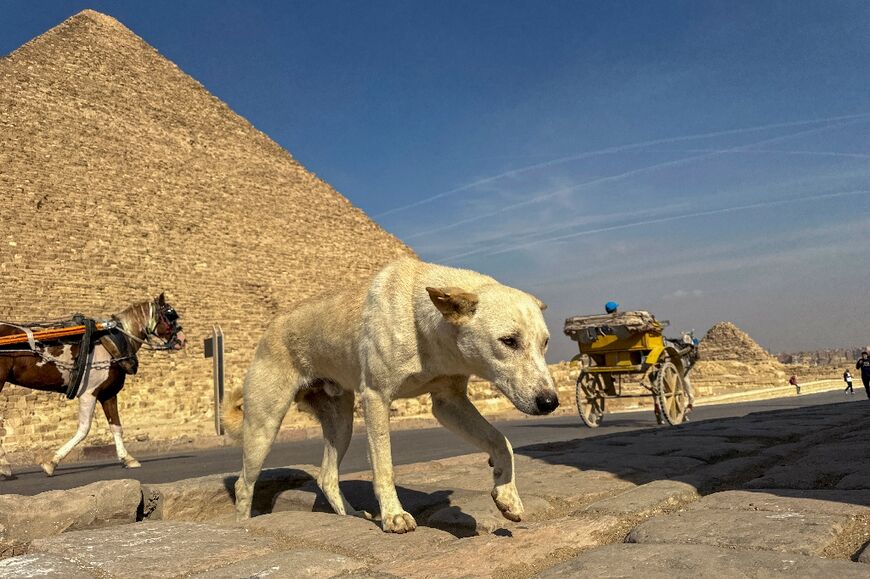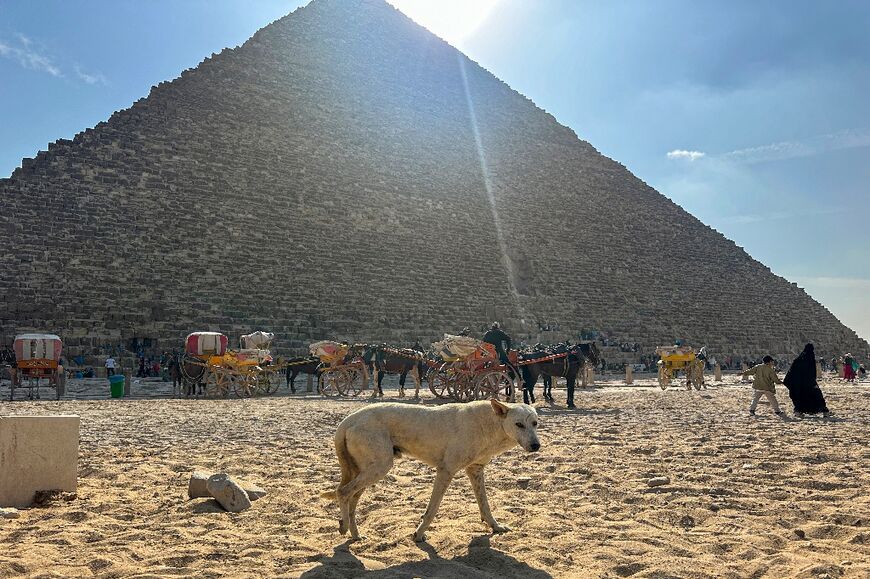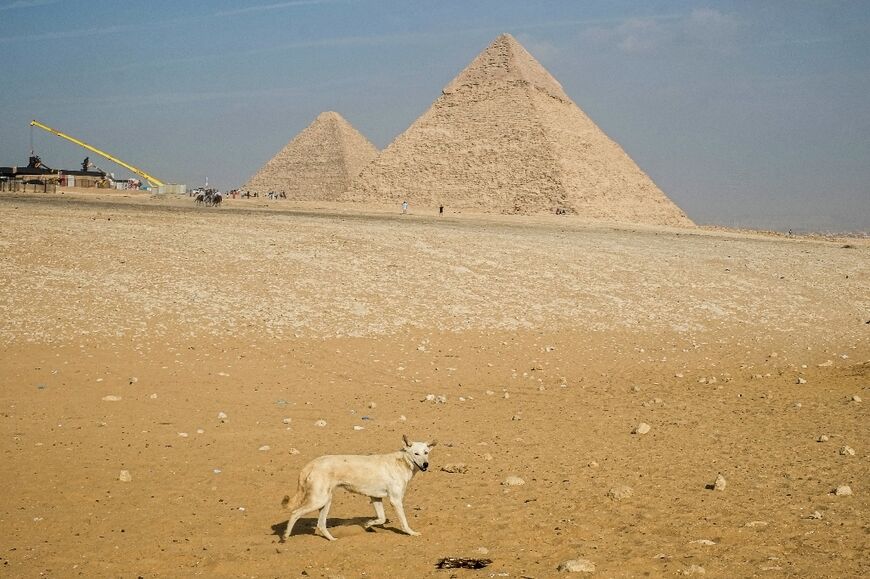With rich Amazon forests and fewer than a million people, Suriname is one of the few countries that absorbs more carbon than it produces. But the former Dutch colony is now being forced to implement destructive austerity by global financial interests.

A meeting of civil society group, Projekta Suriname. Image Credit: Projekta Suriname
Suriname is a former Dutch colony in South America, best known for the pristine Amazon forests that cover 93 percent of the country and make it one of only three countries that absorb more carbon emissions than they produce. It has recently become more interesting to the rest of the world for two main reasons: the fact that it is experiencing one of the world’s worst debt crises, and the discovery of offshore oil and gas in immense quantities.
The people of Suriname find themselves living in a dual reality. In the present, there is a brutal austerity program imposed by the International Monetary Fund (IMF), wreaking the usual havoc on people’s lives. At the same time, politicians assure them that the country has a bright future ahead in which abundant oil revenues will solve all problems and benefit everyone.
Suriname is an important case study in the way financialized neocolonialism works in the twenty-first century. A feminist perspective on debt can supply us with invaluable tools for thinking about the destructive impact of debt and finding ways to combat it.
Debt and Neocolonialism
Suriname’s fertile land and navigable rivers have for centuries been profitable for powerful foreigners. Dutch settlers took over coffee, sugar, and cotton plantations from the British in 1667 and established what was arguably the most brutal slave economy in the region. However, the Dutch colonizers did not stray very far into the forested interior, where indigenous people and Maroon communities of people who escaped slavery defended their autonomy.
Yet even before the country gained its independence from the Netherlands, US commercial interests were transforming the landscape. Vast tracts of forest were flooded, forcing the Maroon Saamaka community from its lands in order to build the Afobaka Dam, which would generate hydroelectric power for the bauxite factory of the Aluminum Company of America (Alcoa).
When Suriname was no longer sufficiently profitable to Alcoa, the company packed up and left, having managed to sell the dam back to Suriname. Thanks to unfair deals that doubled electricity prices and left Suriname exposed to swings in commodity markets, the country even owed Alcoa more than $100 million for electricity that was produced using its own natural resources.
This debt reached crisis proportions in the 2010s with the spending spree of the Dési Bouterse administration. Private lenders and international financial institutions queued up to make loans, often at high interest, amid the deep crash of global commodity prices. Although Bouterse is currently on the run from a twenty-year sentence for murdering political opponents, the Surinamese people still remain liable for the debts and at the mercy of anyone willing to lend money.
Having said no to the conditions set by the IMF in 2018, the government was forced to borrow from a variety of capital market instruments and multilateral creditors such as the Inter-American Development Bank and the Chinese state, again at high interest rates. After the COVID-19 pandemic hit, Suriname defaulted in November 2020.
States are not able to declare bankruptcy in the way that individuals or companies can. Suriname is considered too wealthy to access the Common Framework, the limited and inadequate process for debt relief and restructuring set up by the G20 in the wake of the pandemic. The result, for Suriname and countries across the Global South, is that precious resources needed for health and education drain away to pay the interest on loans.
When countries default, they have to negotiate with their creditors to reduce their debts. Private creditors receive 46 percent of external debt payments from the Global South and own 38 percent of Suriname’s debts. These actors are not used to taking losses when their risky loans go wrong. Private creditors held out in debt-restructuring negotiations with Suriname for an amazingly sweet deal that amounted to canceling just 2 percent of the debt owed. When interest is taken into account, Debt Justice estimates that bondholders will make profits of 80 percent.
Even worse, the bondholders have laid claim to Suriname’s future oil revenues through a value-recovery instrument. If all goes according to plan, this will line their pockets with a staggering windfall of 30 percent of future oil revenues, up to a total of £689 million. Meanwhile, Suriname will continue to spend 27 percent of its government revenues on external debt payments over the next five years.
In order to safeguard this windfall, the agreement with the bondholders is dependent on Suriname changing the legislation of its sovereign wealth fund by December 2024. Fifty years after Suriname’s official independence from the Netherlands, foreign bodies are once again dictating how Suriname uses its resources and what legislation it should pass. This is the new form of colonialism, using debt to gain access to resources.
Debt-Fueled Austerity
The result, for the people of Suriname, is austerity. The IMF demanded savage cuts, based on a flawed methodology that prioritizes capital flows over human rights and the sustainability of life.
These cuts have had a deep impact on people’s lives, plunging the country into political, economic, and social chaos, with strikes and uprisings. Health care has collapsed, medicines are scarce, and operating rooms are empty for lack of materials and qualified personnel. Essential workers such as teachers and health care workers have left the country in droves, poached by institutions in the Netherlands, the former colonizer.
These austerity policies have had a particularly harsh impact on Surinamese women and LGBTQ people, who must pick up the burden of care as the state withdraws. Such feminized care work, disavowed and unpaid, has always been an essential precondition for capitalist profits, even though it is ignored in economic models or deemed “unproductive” in contrast with “productive” paid labor. Debt crises bring this to the fore, as carers have to find money to pay for privatized health services, the skyrocketing prices of essentials, or taxis for children to attend school after school buses and wider networks of public transport have been cut.
Susan Doorson of Women’s Way Foundation highlights the situation of LGBTQ women who face the prospect of going into debt to pay for mental and sexual health services: “How many people in Suriname die because they don’t have access to services? They have to think, am I going to feed the family today or am I going to get this checked out?”
Historic neglect of rural indigenous areas means that health care services are concentrated in the capital, Paramaribo, which is a fifteen-hour boat journey from some communities. According to Audrey Christiaan, ambassador of indigenous cultural group Juku Jume Maro, indigenous communities that “don’t have the luxury of public transport” because of spending cuts and lose access to vital services. In the event of a medical emergency, they face the dramatic expense of hiring a plane to bring people for treatment, which in some cases can be too late.
Austerity forces carers to work longer hours, in more precarious conditions, for lower salaries. Women are disproportionately employed in the public services that face redundancies due to IMF demands to balance the books. The informal sector jobs in which women and LGBTQ people often work also shrink as people cut back on discretionary spending. Inflation in Suriname has meant an 11 percent reduction in purchasing power over the space of a year.
As a result, carers are less able than ever to bear the sudden costs that fall upon them and have to go into debt themselves, as the cycle of debt moves from the state to the household level. At the same time, they have less and less time and resources to provide the unpaid care that service cuts increasingly load onto them, and that society depends on.
This scenario is not confined to countries like Suriname. We have also seen it play out for communities in the Global North, especially since the 2008 crash, as the governments of rich countries inflict austerity policies with similar narratives to justify them. The crisis of care is now a global phenomenon. As Nancy Fraser has argued, by pushing the unpaid carers on which it depends to the edge of survival while destroying the natural environment it pillages for free resources, global financial capitalism is increasingly cannibalizing the conditions of its own profiteering.
Debt-driven austerity is destabilizing countries across the world. In Suriname, unprecedented protests filled the main square of Paramaribo. But they had limited impact: the Surinamese government has little power in an unfair global system, and it has continued to implement the diktats of creditors and the IMF, despite their deep domestic unpopularity.
As Lucí Cavallero and Verónica Gago have explained, drawing on the experiences of the Ni Una Menos feminist movement in Argentina, debt-driven exploitation enforces obedience at the same time as it generates profits. In contrast to the expense of maintaining a colonial army, debt generates profits even as it controls and coerces.
The same tool that drains resources from communities simultaneously works to make that process of extraction invisible, individual, and shameful, in stark contrast to the collective exploitation of workers on the factory floor. Whereas unionized workers have strength in numbers for their collective struggle against identifiable exploitative employers, the individual stands alone with their debts before the invisible ranks of banks and creditors, while society tells them that it is their own fault.
States also stand alone against their creditors and the IMF, fearing the judgments of credit-rating agencies and stigmatized by a moralizing narrative that debts are the result of irresponsible borrowing, wastefulness, and corruption. When Burkina Faso’s president Thomas Sankara attempted to organize African states to stand in solidarity against neocolonial debt, he was swiftly deposed in a coup and murdered, allegedly with the support of the French state.
A Feminist Issue
We need a feminist perspective to understand and resist the new wave of debt-based expropriation. Feminism has always worked to make the private sphere politically visible and to build forms of collective solidarity against individualized stigma and exploitation. Financialized capitalism is enveloped in mystification: its workings seem opaque even to specialists, and incomprehensible to the people at the sharp end. Movements like Ni Una Menos have focused on demystifying this process, taking debt “out of the closet” and “challenging its power to shame,” in Cavallero and Gago’s powerful words.
We need an internationalist feminism of the 99 percent that can make connections between the impact of the debt and care crises on communities, women, and LGBTQ people in the Global South and North alike. The overlapping crises we face — debt, climate, and care — can only be addressed through international coordination by governments held accountable to and by their people.
Protests against austerity and irresponsible borrowing in the Global South must be combined with demands for solidarity and justice in the Global North. Examples include new laws in the UK and New York that would prevent private creditors from using the courts to demand payment in full from countries in default.
2025 will be a jubilee year, part of a long tradition of periodic debt amnesties that led to large-scale debt cancelation following the global Jubilee 2000 campaign. Twenty-five years on, we need internationalist feminist solidarity to drive the wave of civil society mobilizations that are demanding debt cancellation and a just international debt system.
Sharda Ganga is the director of Projekta Suriname, a civil society organization focusing on the interlinkage between human rights, democracy, and governance, with a specific focus on women's rights and gender equality. She is also a playwright and newspaper columnist.

















